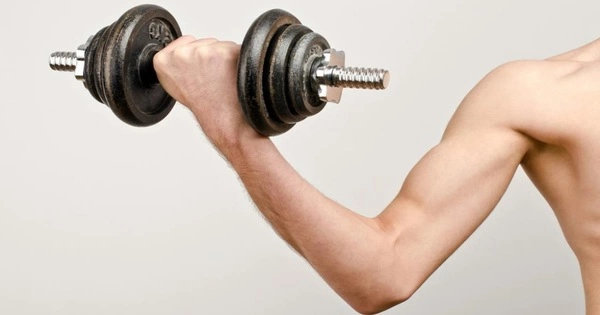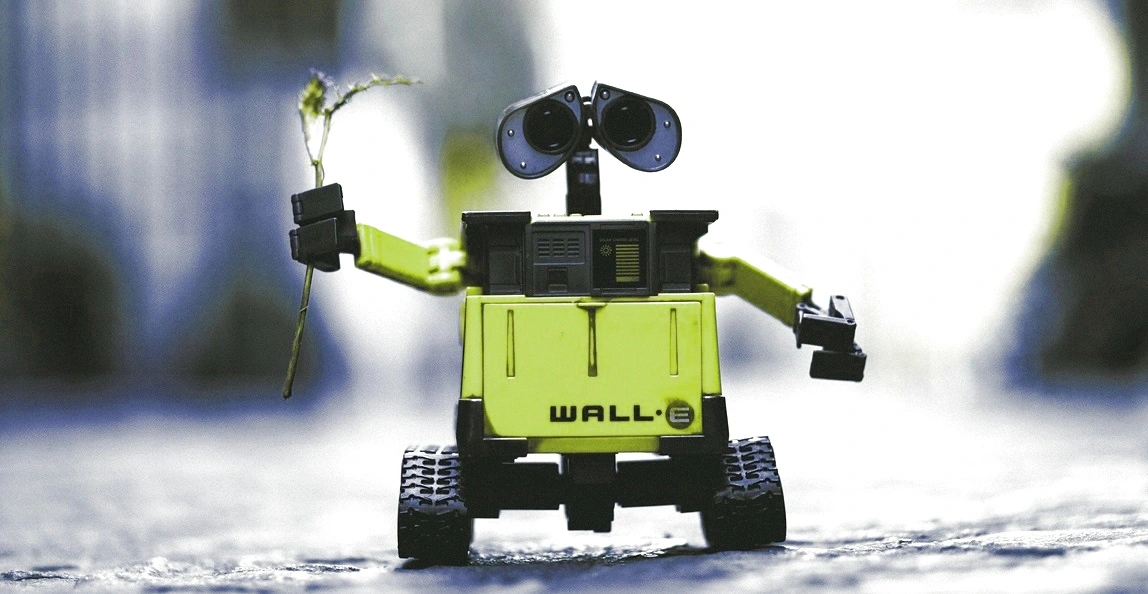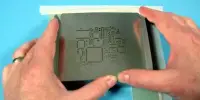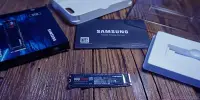Muscle atrophy is the wasting or thinning of muscle mass. It can be caused by muscle fatigue or neurogenic conditions. Symptoms include a loss of muscle mass, one limb being smaller than the other, and numbness, weakness, and tingling in your limbs. Disuse atrophy can be reversed with exercise and a healthy diet.
MAGENTA is a mechanically active adhesive developed by bioengineers that functions as a soft robotic device capable of extending and contracting muscles from the outside. MAGENTA successfully prevented and aided recovery from muscle atrophy in an animal model.
Atrophy is the loss of muscle bulk and strength. In some ways, atrophy is the inverse of muscle growth. Muscles can be condition by combining good nutrition with physical exercise, allowing them to grow, bulk up, and become stronger. Muscle atrophy, on the other hand, can be caused by frailty and physical inactivity.
Muscles waste as a result of not being exercised enough, which happens quickly with a broken limb immobilized in a cast and more slowly in older people. Muscle atrophy, as it is known among clinicians, is a debilitating symptom in patients suffering from neurological disorders such as amyotrophic lateral sclerosis (ALS) and multiple sclerosis (MS), and can be a systemic response to a variety of other diseases such as cancer and diabetes.
With MAGENTA, we created a new integrated multi-component system for muscle mechanostimulation that can be directly placed on muscle tissue to trigger key molecular growth pathways.
David Mooney
Mechanotherapy, or manual or mechanical therapy, is thought to have a high potential for tissue repair. Massage is the most well-known example, as it uses compressive stimulation to relax muscles. However, it has been much less clear whether externally stretching and contracting muscles can also be used as a treatment. So far, such studies have been hampered by two major obstacles: limited mechanical systems capable of evenly generating stretching and contraction forces along the length of muscles, and inefficient delivery of these mechanical stimuli to the surface and deeper layers of muscle tissue.
Now, bioengineers at the Wyss Institute for Biologically Inspired Engineering at Harvard University and the Harvard John A. Paulson School of Engineering and Applied Sciences (SEAS) have developed a mechanically active adhesive named MAGENTA, which functions as a soft robotic device and solves this two-fold problem. In an animal model, MAGENTA successfully prevented and supported the recovery from muscle atrophy. The team’s findings are published in Nature Materials.
“With MAGENTA, we created a new integrated multi-component system for muscle mechanostimulation that can be directly placed on muscle tissue to trigger key molecular growth pathways,” said senior author and Wyss Founding Core Faculty member David Mooney, Ph.D. “While the study provides preliminary evidence that externally provided stretching and contraction movements can prevent atrophy in an animal model, we believe the device’s core design can be broadly adapted to various disease settings where atrophy is a major issue.” Mooney directs the Wyss Institute’s Immuno-Materials Platform and is the SEAS Robert P. Pinkas Family Professor of Bioengineering.
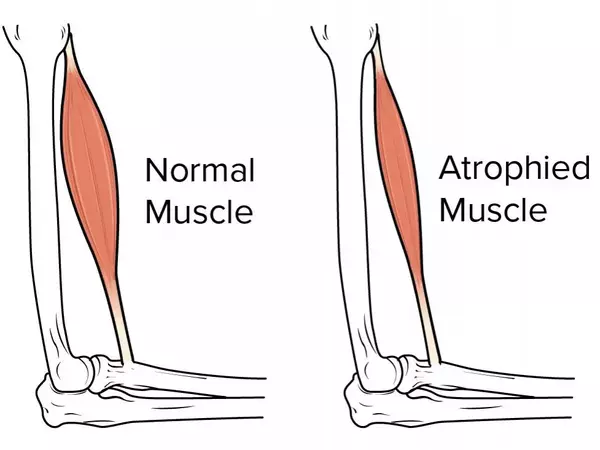
An adhesive that can make muscles move
One of MAGENTA’s major components is an engineered spring made from nitinol, a type of metal known as “shape memory alloy” (SMA) that enables MAGENTA’s rapid actuation when heated to a certain temperature. The researchers actuated the spring by electrically wiring it to a microprocessor unit that allows the frequency and duration of the stretching and contraction cycles to be programmed.
MAGENTA also includes an elastomer matrix that forms the device’s body and insulates the heated SMA, as well as a “tough adhesive” that allows the device to be firmly adhered to muscle tissue. As a result, the device is aligned with the natural axis of muscle movement, allowing the mechanical force generated by SMA to be transmitted deep into the muscle. Mooney’s group is developing MAGENTA, an abbreviation for “mechanically active gel-elastomer-nitinol tissue adhesive,” as one of several Tough Gel Adhesives with functionalities tailored to various regenerative applications across multiple tissues.
After designing and assembling the MAGENTA device, the team tested its muscle deforming potential, first in isolated muscles ex vivo and then by implanting it on one of the major calf muscles of mice. The device did not induce any serious signs of tissue inflammation and damage, and exhibited a mechanical strain of about 15% on muscles, which matches their natural deformation during exercise.
Next, to evaluate its therapeutic efficacy, the researchers used an in vivo model of muscle atrophy by immobilizing a mouse’s hind limb in a tiny cast-like enclosure for up to two weeks after implanting the MAGENTA device on it. “While untreated muscles and muscles treated with the device but not stimulated significantly wasted away during this period, the actively stimulated muscles showed reduced muscle wasting,” said first-author and Wyss Technology Development Fellow Sungmin Nam, Ph.D.
“Our approach could also promote the recovery of muscle mass that already had been lost over a three-week period of immobilization, and induce the activation of the major biochemical mechanotransduction pathways known to elicit protein synthesis and muscle growth.”
Facets of mechanotherapy
Mooney’s group previously discovered, in collaboration with Wyss Associate Faculty member Conor Walsh’s group, that regulated cyclical compression (rather than stretching and contraction) of acutely injured muscles using a different soft robotic device reduced inflammation and enabled muscle fiber repair in acutely injured muscles. Mooney’s team wondered if those compressive forces could also protect against muscle atrophy in their new study.
Only the MAGENTA device had clear therapeutic effects in the mouse atrophy model when they directly compared muscle compression via the previous device to muscle stretching and contraction via the MAGENTA device. “There’s a good chance that different soft robotic approaches, with their distinct effects on muscle tissue, could open up disease or injury-specific mechano-therapeutic avenues,” Mooney said.
Wasting muscles built back better
— Bioengineer.org (@bioengineerorg) November 14, 2022
Read more: https://t.co/z1g3UMps31 pic.twitter.com/l3RY7k3hNG
